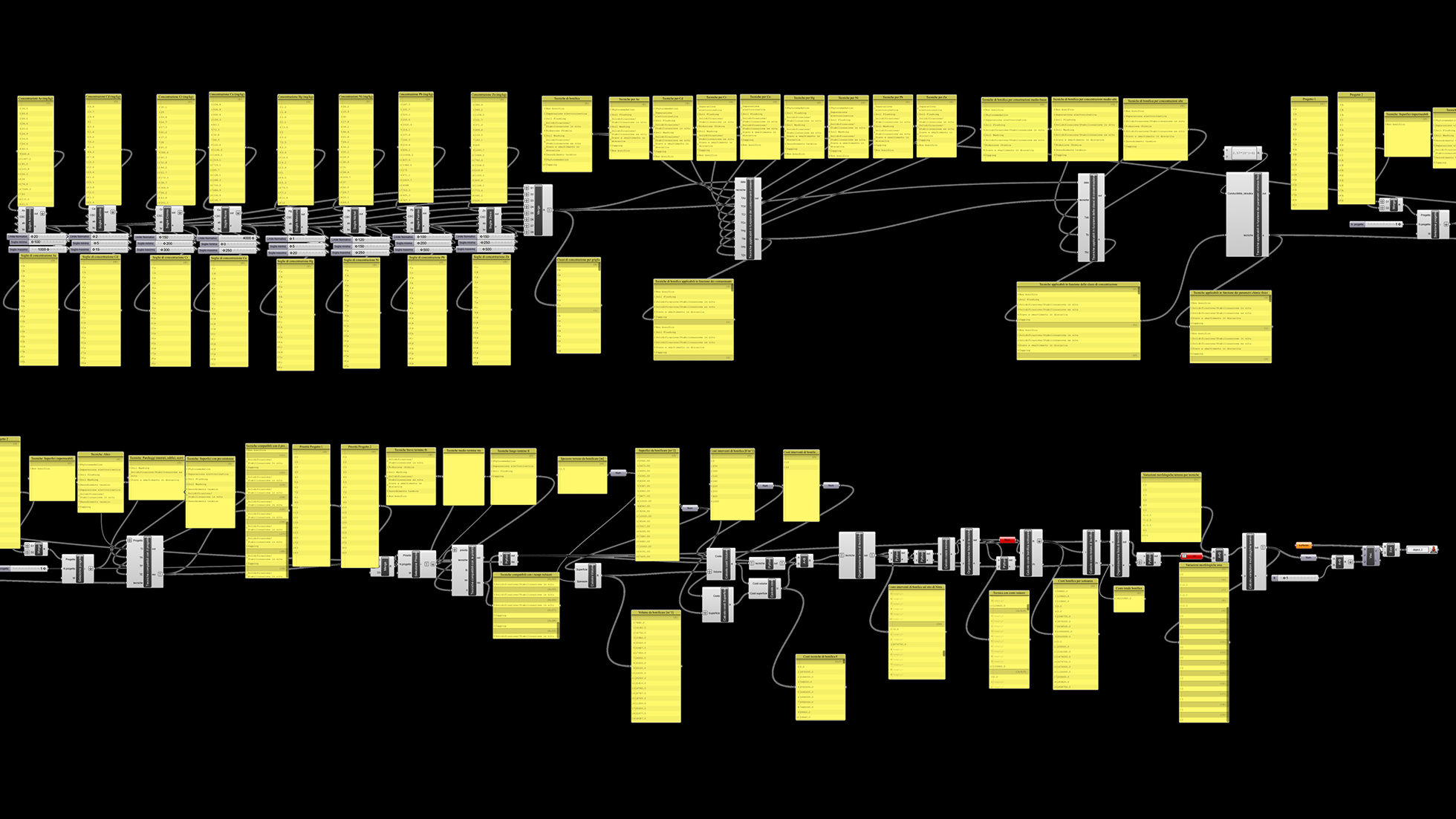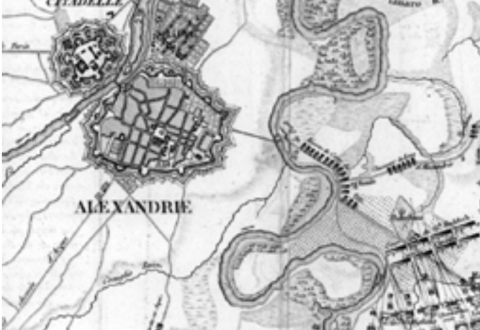Adaptive Remediation
From the imbalance between the increasing number of environmental contamination incidents and the limited availability of resources to be devoted to the interventions necessary to restore the original condition arises a need to develop new integrated strategies for the reuse of brownfield sites and industrial legacy. The research project entitled AdRem – Adaptive Remediation Toolkit concerns the development of strategies and methods to spatialise, visualise and manage interactions between soil reclamation and urban design in abandoned and contaminated industrial sites. The objective is to design a parametric toolkit to support the decision-making process involving the environmental engineer, engaged in the evaluation of feasible remediation techniques in sites characterised by the presence of a multi-contamination and the architect and urban designer, who deals with adapting the post-industrial city to new needs.
Year
2019
Team
Matteo Robiglio, Tiziana Anna Elisabetta Tosco, Federico Accorsi, Valerio Palma, Sarah Cutrì, Luca Teofani
Tags
#Engineering #NonPerformingLegacies #ClimateActions
Type
Research project

Research summary
An increasing number of brownfield remediation interventions are taking place in urban contexts and related challenges are posed by the combination of reclamation processes, building reuse and adaptation. Following the real estate crisis of 2007-2008 and the consequent reduction in the demand for buildings, abandoned industrial sites have increasingly become an environmental, social and financial burden for urban communities. Compared to those sites located in active industrial areas outside cities, brownfield site regeneration in an urban context poses additional constraints, e.g. restrictions on site morphology variations – even temporary ones – and restrictions in use of the area, also connected to landscape characterisation and the overall perception of the place. Nevertheless, these areas patently represent a potential resource, since they are often embedded in the urban fabric, generally well-connected through infrastructure and equipped with a dense network of sub-services. In addition to environmental restoration and human health protection, transforming contaminated urban brownfield sites can offer significant advantages, including exploiting the existing infrastructure, preserving greenfield sites, producing positive social and economic effects for nearby communities, including higher property values and reduced crime rate and all in all contributing to environmental, economic and social sustainability. In such situations, urban regeneration and the planning of remediation projects are two potentially very interconnected practices, but still today they struggle to interact with one another.
The critical issues related to remediation, when it occurs in a dense and complex urban fabric, are numerous. Reclamation operations usually produce large quantities of waste, sometimes hazardous waste, with disposal costs that often lead the cost of the works to exceed the real estate value of the area. In addition, sound interaction between the professionals managing the recovery of the area, i.e. the engineer with regard to remediation operations and the architect with regard to architectural restoration, is not easily accomplished, resulting in a fragmented design process and knowledge, as well as potential dispersion. On the one hand there is the need to redevelop and reuse large former industrial areas, now incorporated into the city fabric, which have been gradually abandoned as a result of the progressive development of the tertiary sector to the detriment of the manufacturing sector. On the other hand, the past presence of manufacturing activities has led to an alteration and, most of the time, a contamination of environmental matrices due to the release of contaminants of various origins and nature compromising the free reuse of sites, exposing subsequent users and, more generally, those living in the vicinity of the old plant to potential risks.
A remediation process, needed and required by law to use these areas again, is commonly understood as a ‘transition between two phases regulated by urban planning and building regulations’, isolated from previous and subsequent actions, the objective of which is to ‘clean the site completely from the residue of past use, to deliver it as a clean site for future use’ (Robiglio et al., 2014). The proposed alternative involves adaptive remediation concepts, which define two different approaches that should be included in operational practice. The great complexity in managing the reclamation procedure and the potential offered by the site in the field of adaptive reuse pose the need to create a tool that relates the differing requirements of the professionals involved by presenting a range of possible alternatives, comparing them with all potentially effective options in order to generate a range of realisable options from which the professional can choose. The AdRem (Adaptive Remediation) approach has thus been defined, aimed at integrating the different disciplines (in particular, environmental engineering and architecture) involved in designing the reuse of brownfield sites, specifically applied to urban contests. As part of the project, a prototype decision support toolkit is being developed to help quantitatively screen and prioritise viable design alternatives. The toolkit is involved in the interdisciplinary design phase by processing sets of remediation techniques and architectural/urban solutions, following surveyed data and user-defined constraints. Remediation/reuse scenarios are computer-generated and screened by comparing remediation alternatives and design needs. Viable scenarios are then prioritised based on costs and timing. The outputs of the toolkit inform the last design step in the AdRem framework, when environmental and architectural designers identify the optimal integrated project, eventually using the toolkit in a recurring manner by changing the input parameters and constraints, based on new design solutions.
Future developments of the toolkit will aim at a better interoperability, in input and output, with existing software and formats used in risk analysis, architectural design and geographic information (GIS).


